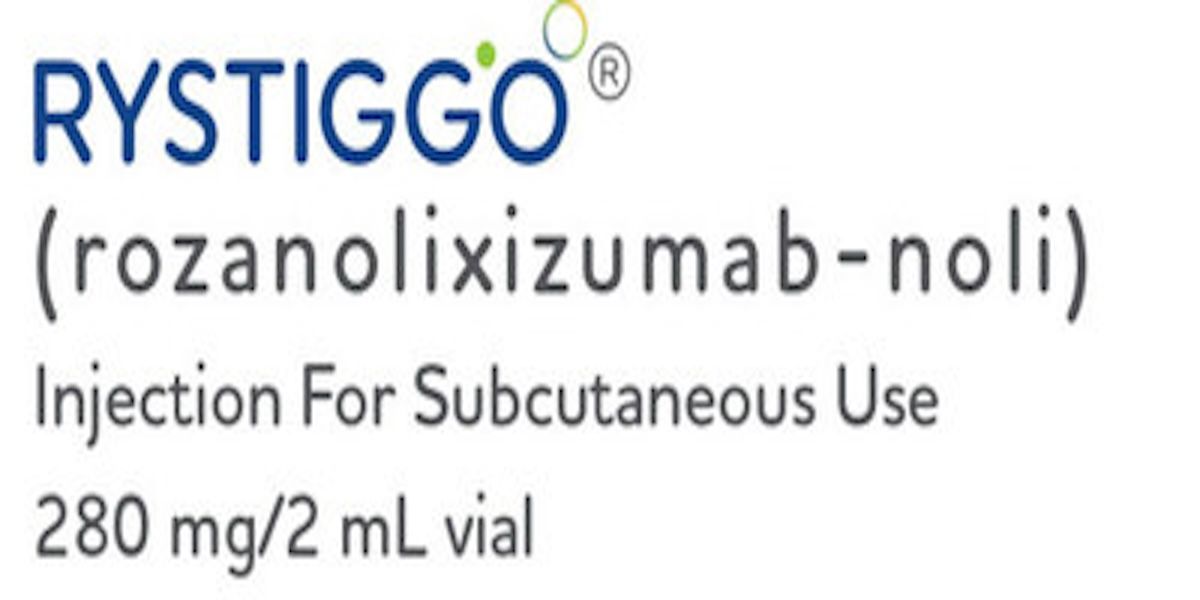Article
New Symptom Cluster Scale for MG Aims to Better Guide Patient Care
Author(s):
The scale is meant to better quantify how clusters of symptoms impact patients’ quality of life.
Investigators have developed a new scale they say can help providers and caregivers better understand how concurrent symptoms of myasthenia gravis (MG) are affecting patients’ quality of life.
MG’s primary feature is fatigable muscle weakness, but that weakness can present in multiple ways, noted the study’s authors, including corresponding author Hai-Shan Huang, PhD, of the Huazhong University of Science and Technology, in China. Symptoms can include ocular ptosis, diplopia, weakened limbs, and fatigue, among others, all of which can negatively impact a patient’s quality of life (QOL), and also lead to economic burdens, they said.
“In addition to traditional medical treatments, accurate and timely identification of symptoms and individualized management are crucial for caregivers to implement preventative health measures and improve the QOL of MG patients,” they wrote in BMC Neurology.
One way to assess the burden of diseases with multiple types of symptoms is to use a symptom cluster scale, Huang and colleagues said.
“However, previous studies on the symptoms of MG patients have mostly focused on the single-dimensional symptoms, without considering possible synergistic effects between symptoms,” they said.
In the new study, Huang and colleagues aimed to develop a multi-symptom, multidimensional scale with which to assess patients with MG.
“We hope this could pave the way for individualized symptoms management by caregivers in the future,” they said.
The investigators began by reviewing the existing scientific literature and interviewing patients in order to generate a list of items to potentially assess in their scale. They then reached out to experts in the field to help narrow down their list. After that, they conducted interviews with 12 patients with MG in order to further refine their scale.
The authors built their scale using the Theory of Unpleasant Symptoms, which looks at 4 different dimensions of symptoms, including frequency, severity, distress, and characteristics. The “characteristics” dimension did not easily conform to a quantitative assessment, so the investigators focused on the other 3 dimensions.
The final scale contained a total of 19 items.
After completing the scale, the investigators next sought to test its validity and reliability, which they did by conducting a cross-sectional survey of 283 people with MG. The authors’ analyzed their results and found that the assessment was generally reliable.
“The content validity index of each item in this study varied from 0.828 to 1.000, and the entire scale’s content validity index was 0.975, suggesting that the scale’s content and distribution were appropriate,” they wrote.
The investigators said they hope their scale addresses what they said is a “weak point” in the self-management process of patients with MG: rapid identification of disease-related symptoms. One reason such identification is difficult, they said, is because certain symptoms of MG can easily be attributed to other factors, such as “overwork.”
They said the widely used 15-Item Quality of Life Instrument of MG assesses physical, social, and psychological domains of the disease, but does not take into account treatment-related symptoms of the disease.
“In fact, for MG patients, long-term medication is usually required to control symptoms,” they wrote. “These therapies may have adverse effects in addition to symptom alleviation and may interact synergistically with the symptoms, thereby impacting the patient’s quality of life.”
Huang and colleagues said they hope their scale offers a valid and reliable assessment to better understand symptom clusters in individual patients.
“This type of identification helps healthcare practitioners to deliver effective therapies to relieve patients’ symptom suffering,” they wrote.
Reference
Shen F, Hu LH, Huang HS, Li L. Development and validation of the scale for symptom clusters in patients with myasthenia gravis. BMC Neurol. Published online May 19, 2023. doi:10.1186/s12883-023-03240-4

Rozanolixizumab Remains Consistently Safe, Effective for gMG




